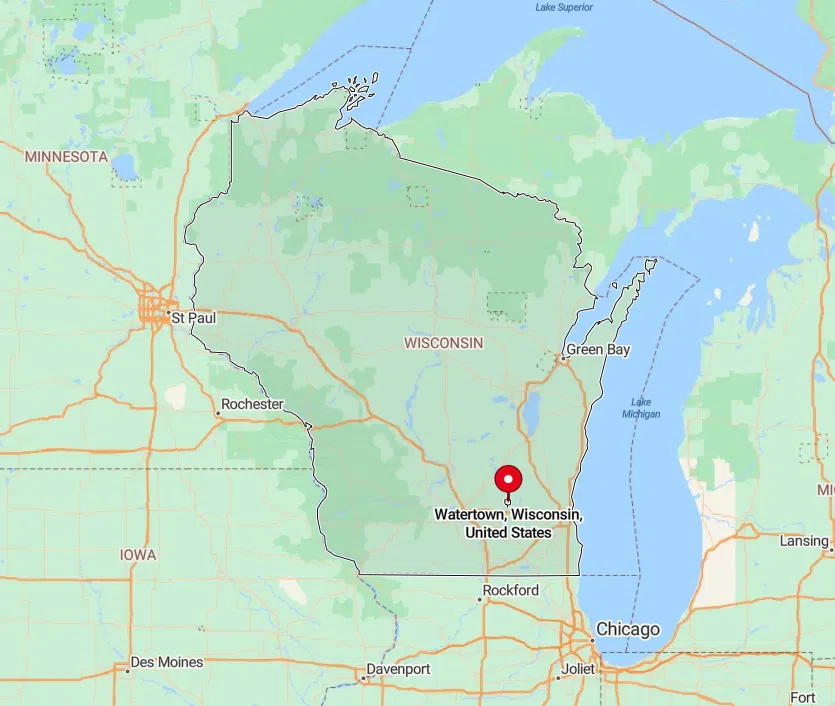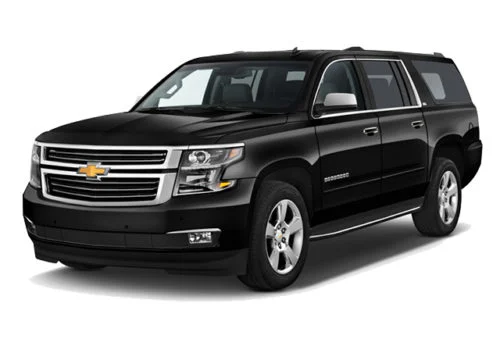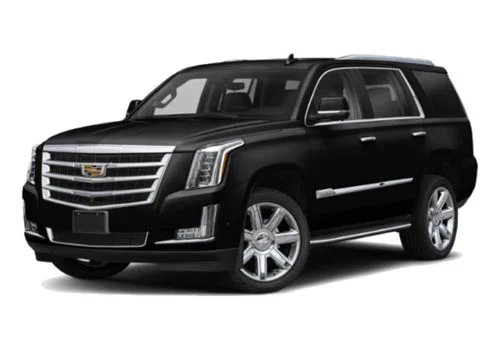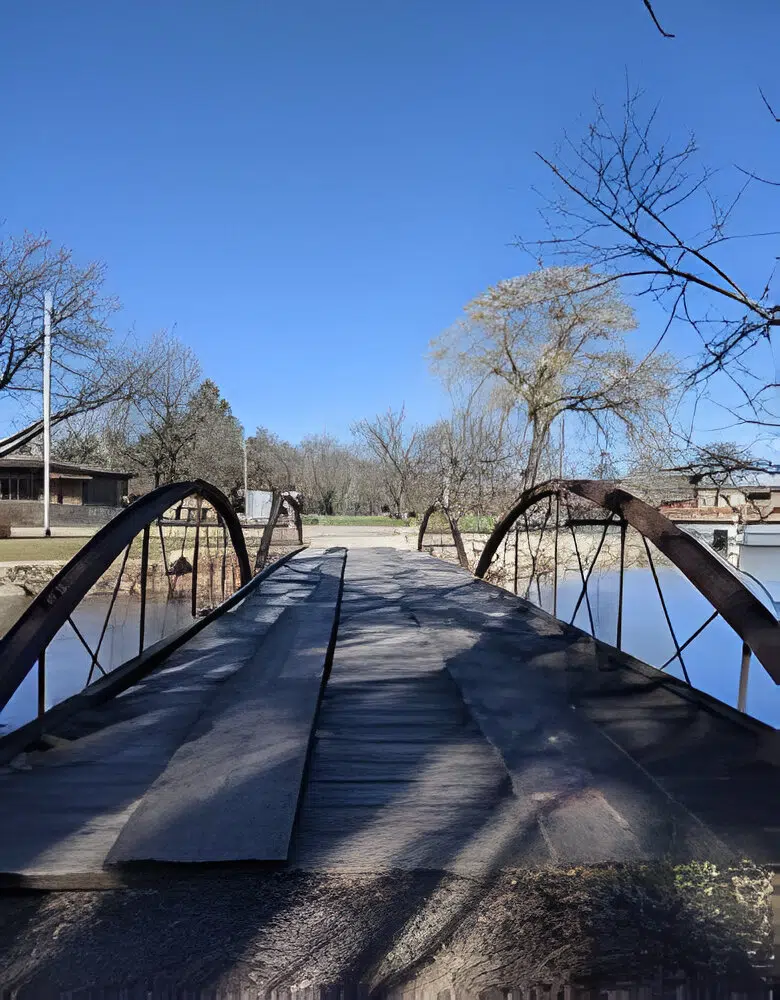About Watertown:
Tim Johnson, a Connecticut farmer who settled in Watertown in 1836, is its first settler. Because the Rock River descends substantially there, the area was originally called Johnson’s Rapids.
It was a significant achievement to turn Native American land into a transportation hub with railroads. It was named High Woods by settlers because of its trees. Soldiers and growth were brought by the establishment of Fort Sheridan. A brief rename of the town was “Fort Sheridan”, but it was reverted. It is a more diverse and family-oriented community than Highwood was because of Fort Sheridan’s influence. Highwood remains a charming community with its historic landmarks, a friendly atmosphere, and a rich culture.
Location:
The city enjoys a convenient location roughly between the two major metropolitan areas of Wisconsin.
Population:
The latest official U.S. Census recorded a population of 22,926 in Watertown as of 2020.
Districts of Watertown:
Wards:
Watertown is divided into 22 wards. These are divisions used for administrative purposes, especially voting and representation on the city council.
Aldermanic Districts:
The city is also divided into eight Aldermanic Districts. Each Aldermanic District consists of multiple wards, and residents in each district elect an alderman to represent them on the common council
School Districts:
Watertown is primarily served by the Watertown Unified School District
Zoning Districts:
The city has various zoning districts that regulate land use within different areas. These districts are defined by the City of Watertown Zoning Code.


















